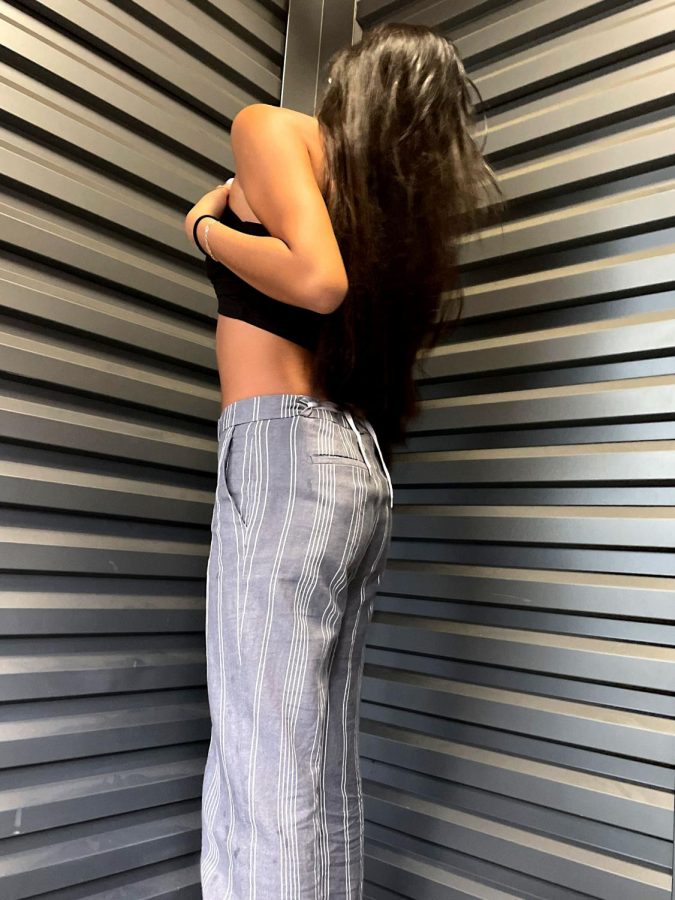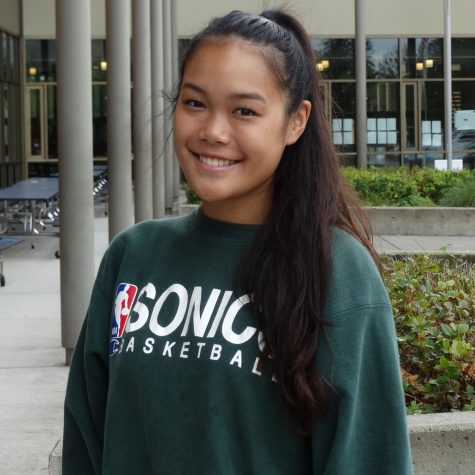How Fashion Is Affected by the Economy & Politics
October 7, 2021
Who is the one that decides what fashion trends are in and out? Do the fabled committees behind today’s top fashion companies and magazines really have as much power as we’d like to attribute to them? Research suggests that they may be just as much of a wide-eyed predictor of trends as the rest of us fashion enthusiasts. Turns out, almost all fashion trends can be traced back to a very predictable cycle influenced heavily by the economic or political climate of the time in which it emerged.
You may have heard the phrase “what’s old is new again.” In the world of fashion, this could not be more true. My mom still preserves her 2003 Puma tracksuit in the back of her closet as a testament of dedication to this very adage. This is actually a proven phenomenon experts like to call the 20-Year Rule, explaining how fashion trends and fads tend to resurge every 20 years or so. An article from Thread touches on this: “Dad in his velvet suit, Mum in her gaucho trousers. Through modern eyes, this clothing treads a fine line between charming and mortifying, but there’s a time – be it in one year or twelve – when their seemingly dated wardrobe choices will start to appear in yours. It’s all thanks to the 20-year rule – the time it takes for a trend to die, then become fashionable again.” Oftentimes, the revival of an old trend can be credited to designers and influencers. Senior Robert Gref says, “I think that people like to reimagine old stuff, or they like the nostalgia of something, but they also want to put a new spin on it.” However, even the most nostalgic of fashion designers could not make an old trend succeed whenever they want. They must first have the blessing of good timing and a socioeconomic climate that boasts just the right conditions.
Andrew Bolton, the Head Curator of the Metropolitan Museum of Art’s Costume Institute, stated in an article for Vogue, “Fashion functions as a mirror to our times, so it is inherently political.” Throughout history, fashion has reflected the necessary functions demanded for that era. In the height of the Industrial Revolution, the working and lower class wore clothing that was made to last. Garments were practical and made with many pockets. Aprons were also worn to minimize messes, especially while working in a factory or doing manual labor. Nowadays, the American white-collar workforce employs more people than the blue-collar workforce by 57.2% as reported by the Washington Post in 2018. This means that practicality is often overruled by style, and functional fashion is no longer in such high demand. In the early 2010s, the demanded function in fashion was more modest pieces, as a symbol of rebellion against the low-waisted, cropped 2000s that preceded it. Following a pandemic, major economic recession, and an era of increased political division in America, our demanded function for fashion could not be more complicated. Freshman Valerie Garcia says, “Our clothing resonates so much with who we are as people. What we would be wearing today would not be the same as if COVID-19 and the recession never happened.”
Many experts suggest that our post-pandemic, post-economic recession, post-Trump fashion will mirror the fashion of an era with a similar political climate, such as the revival of ‘60s fashion trends that we started to see in 2020. According to an article from WhoWhatWear, “This season, we saw loads of street stylers wearing white boots—a classic item from the era.” Additionally, the article notes how the miniskirt, leopard print, the babydoll style, and many other ‘60s trends are making a comeback this decade. The ‘60s and 2020-21 both boast eras of great political resistance. The Civil Rights movement of the ‘60s paved the way for all civil rights protests to come, and the Black Lives Matter protests of 2020-2021 had the same shattering impact. Sophomore James Colette concludes that the fashion and political alignments of the ‘60s and 2020-21 are not a coincidence, saying, “[The fashion of the ‘60s] reminds most of the important events of that decade and the Civil Rights movement, and all of the Civil Rights Acts which help remove discrimination laws.”
The economic climate also has considerable impact on most things in any given era, fashion included. Vox says, “During the Great Depression, design was meant to lift the United States out of an economic pit.” It has been proven that for a variety of reasons, fashion tends to get bolder and more adventurous during an economic recession. One might think that an economic recession would cause fashion exploration and other frivolous non-essentials to come to a screeching halt for a lot of people, but many experts say that fashion functions as a creative outlet when life is not easy. Some even believe that the economic recession of 2008 was a contributing factor to the full-180 that occurred in fashion at the dawn of the 2010s. Junior Anisa Maggiore expresses why she thinks fashion changes so drastically with an economic recession: “Well, for one thing, the economy is taking a hit, so they have very different supplies, and in general, the people are looking for something at that point, because economic depression for a lot of people does equal depression. And for a lot of people, when you’re struggling, you’ve got only what’s in front of you.”
In conclusion, it is clear that today’s fashion is not only decided by the people who design it. There are so many contributing factors, many of which can be hard to predict. Sometimes it is the field many people consider farthest away from fashion that can have the most impact on current styles, such as the economy and politics. However, one thing is always certain in fashion: what is old will be new again.




